Drew's History with Running Shoes
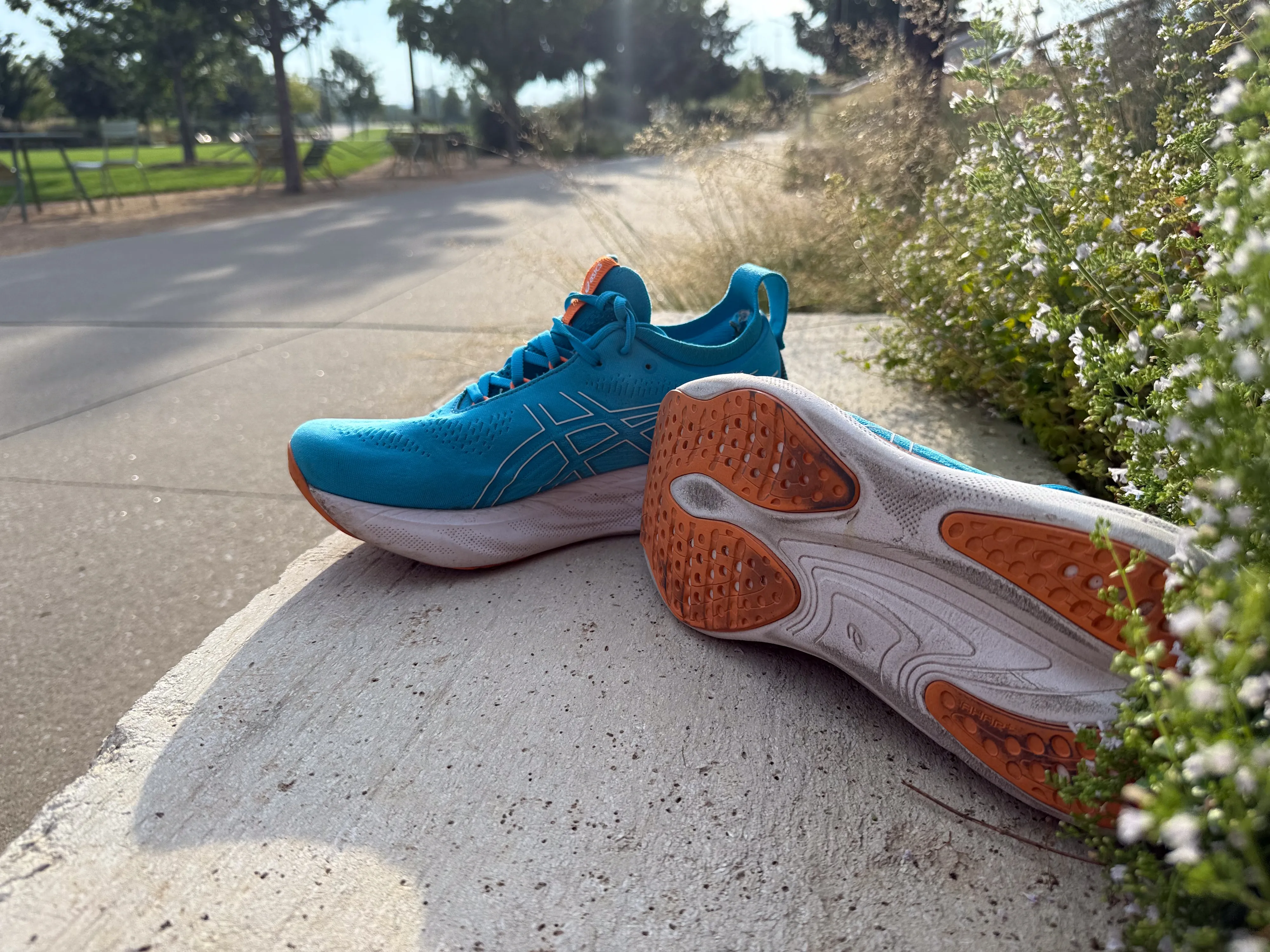
Drew’s History with Running Shoes
If you read my background as a runner over on my author page, you’ll know that I haven’t been running for too long (around five years), but I’ve been overweight and had my wide feet that entire time. When I was just starting out in running, I had no idea what I was looking for in a shoe, or honestly how wide my feet were. I was also excited by all the new gear options, as tends to be the case for me at the start of a new hobby. Given these facts, I ended up trying out a bunch of shoes. As I start now on a formal review journey, with in depth reviews of new shoes, I thought a post might be helpful covering the shoes I have tried in the past and, at a high level, how I felt about them. This will give anyone reading my full reviews some basis in what works for me (which may not align with what works for you, your body, and your preferences).
In general, for all the shoes below, I will say that my preferences (and budget) seem to aim me at retiring shoes relatively early. I’m not sure I’ve taken a single shoe past 250 miles. Maybe I’m elitist for fresh foam (miles in shoe, not New Balance), maybe my weight just crushes the midsole, but I generally retire shoes when I notice the midsole is feeling… Different. Not as cushioned. Not as responsive. Given this, I’ve never actually had issues with outsole durability, so I’m not going to mention it below. Also keep in mind that my paces for all of these shoes fall somewhere between 10 and 14 minutes per mile, I am not running fast paces by any stretch.
Finally, view this “ratings” as my PREFERENCE, not an overall review of the shoe.
Asics GT 2000 10
The Asics GT 2000 10 were basically my first real running shoe after I got serious about running. I put a lot of miles in these shoes and mostly enjoyed that time (as much as a beginner, heavy runner could — shin splints plagued me, as they do many new runners). They provided a nice amount of stability, a reasonable amount of comfort, with a relatively nice upper for the price. They were a solid daily trainer, particularly for a runner that hadn’t yet experienced some of the fancier shoes.
This line was and continues to be available in various widths, so they support the wide footed runner.
For what I knew at the time, I would say they were a 7 out of 10. Relative to today’s shoes, I would probably rate them a 5 out of 10 now.
Asics Gel Kayano 28
An “upgrade” for me from the GT 2000 10, I put just as many miles into the Gel Kayano 28. They felt so much plusher, so much more supportive, which for a while I loved. At some point, though, it felt like I was receiving too much support and it started to cause problems in my feet, ankles, and lower legs. At that point, they ended up retired for me.
This line was and continues to be available in various widths, so they support the wide footed runner.
Even with the ultimate problems I had, I would give these a 7 out of 10 — some benefits over the GT 2000 10, some drawbacks. Relative to today’s shoes, I would probably give them a 5 out of 10 now.
Asics Gel Nimbus 25
The Gel Nimbus 25 were probably the first pair of truly plush shoes I tried. Every runner likely remembers that one shoe they put their feet into and had insta-cloud-step-in-comfort — for me, that was the Nimbus 25. But that protection also carried into running. The upper was also one of the most plush I have worn, with an accommodating and truly wide fit. Given my paces, I never had issues with these shoes not working for my runs. I put the most miles into these shoes of any I have owned. I would not describe them as “fun” shoes, rather “comfortable” — get the runs in with no complaints.
This line was and continues to be available in various widths, so they support the wide footed runner.
I definitely had a preference for the plush comfort of these shoes and that shows in the time I spent with them — they are a 9 out of 10.
Asics Superblast
I bought into the hype of the Superblast from online reviews and, for once, the hype was real. For the weight, these were surprisingly comfortable, while still being fun to run in. They are just an excellent, if expensive, shoe — not much more to say.
This line does not come in wide widths. For the first iteration, these were borderline wide enough for me — they were still a bit tight, which became more problematic on longer runs, but they were workable.
As you probably see all over the internet, there is something special about the Superblasts. You get light weight, solid comfort, and great responsiveness. If they came in wides, I may be tempted to exclusively run in a Superblast. Unfortunately, they don’t, so what could be a 10 out of 10 drops to an 8.5 — on most runs, I’d rather have the more accommodating fit of a truly wide shoe.
Brooks Adrenaline GTS 21
Fine… These were fine. Standard stability daily trainer. Nothing exciting. No special cushioning. Just a solid, standard shoe.
This line was and continues to be available in various widths, so they support the wide footed runner.
Right in the middle — a 5 out of 10.
New Balance 1080 v10
The 1080 is supposed to be a premium daily trainer — overall I would agree with that sentiment, from the quality of foam to the general comfort of the upper. I liked the feel of this shoe, but the width didn’t work for me, so I didn’t get many miles in it.
This line was and continues to be available in various widths, so they support the wide footed runner. However, for this particular shoe (not true for me in later iterations), even the 2E didn’t fit like a wide — maybe the 4E would have worked.
Decent shoe, but spoiled for me by the lack of width — 4 out of 10.
New Balance Beacon v3
The Beacon v3 looked cool, but for me, that was about the limit of it. I think I was just generally too heavy for these shoes and the amount and type of foam. The upper was nice enough, but I only know that because I wore them as daily walk-around shoes instead of running.
This line was available in wide widths and did fit truly wide.
Not for me, my weight, and paces — 3 out of 10.
New Balance Fresh Foam More v3
MORE!!!!!! This lineup is without a doubt the most appropriately named. The amount of and plushness of this foam is unrivaled. I put a ton of miles in these and they worked great for my paces. You are not going to be doing any uptempo work in these puppies, but you are going to be comfortable.
This line was and continues to be available in various widths, so they support the wide footed runner.
Plush, luxurious, but maybe a little… Too much? I still preferred the Nimbus — 8 out of 10.
New Balance Rebel v4
While I believe these are generally targeted at uptempo runs, they are squishy, which I found kind of nice. They are definitely not as protective as the more plush, high stack models, but there’s something to the squish. However, I think there is a point at which the squish is too much relative to weight — I gained a little weight, while adding miles, as I was wearing these and had to retire them as I felt like I was bottoming out. The general fit for me was accommodating, but felt borderline loose.
This line was and continues to be available in various widths, so they support the wide footed runner.
Probably not suited for the heaviest of runners, but definitely a nice shoe — 6 out of 10.
Topo Athletic Cyclone 2
A true full PEBAX midsole shoe, which is often heralded as a miracle foam. For me, this shoe just didn’t have the cushion and I felt like I was constantly bottoming out. I could see the merits, as they were still kind of squishy and responsive, but I could not get past the bottoming out.
Topo Athletic is known for their more anatomical, wider fit (similar to Altra). That being said, I found these to still be on the edge for me. While the Cyclone lineup doesn’t come in actual wides, Topo has started releasing some shoes with wide versions.
Just not enough midsole for me — 3 out of 10.
Saucony Triumph 20
Somewhere between a cushy cloud and a daily trainer, with a nicely packaged upper, the Triumph 20 was a versatile cushioned… Triumph. While it wasn’t as plush as the Nimbus or More, it could pick up the pace more easily. I put a lot of miles in these shoes and can’t say I was ever disappointed.
This line was and continues to be available in various widths, so they support the wide footed runner.
Slightly more versatile than the Nimbus, but not quite as comfortable — 8 out of 10.
General Summary
Having reviewed my own thoughts in the process of writing this review, I feel like I can generally summarize my preferences. For my paces and higher weight, I like the plush, high stack shoes — these are the ones I reach for the most and therefore get the most miles in. I definitely need truly wides, except for the rare cases when a standard width shoe is supper accommodating with an actually wide toebox and midfoot. I also seem to lean towards shoes that have some level of support, whether those are true support elements or more modern supportive design (i.e., wide platform). That being said, I have some underlying feeling (probably marketing at work) that makes me think I should like more responsive shoes designed for uptempo efforts. I should probably listen to my subconscious selection and stick to the cushy clouds, but there is something about that responsive ride that is still appealing on foot (for the brief runs I can tolerate or the rare shoe that has both). Plus, trying shoes is just plain fun.
Unable to load comments. View on Bluesky

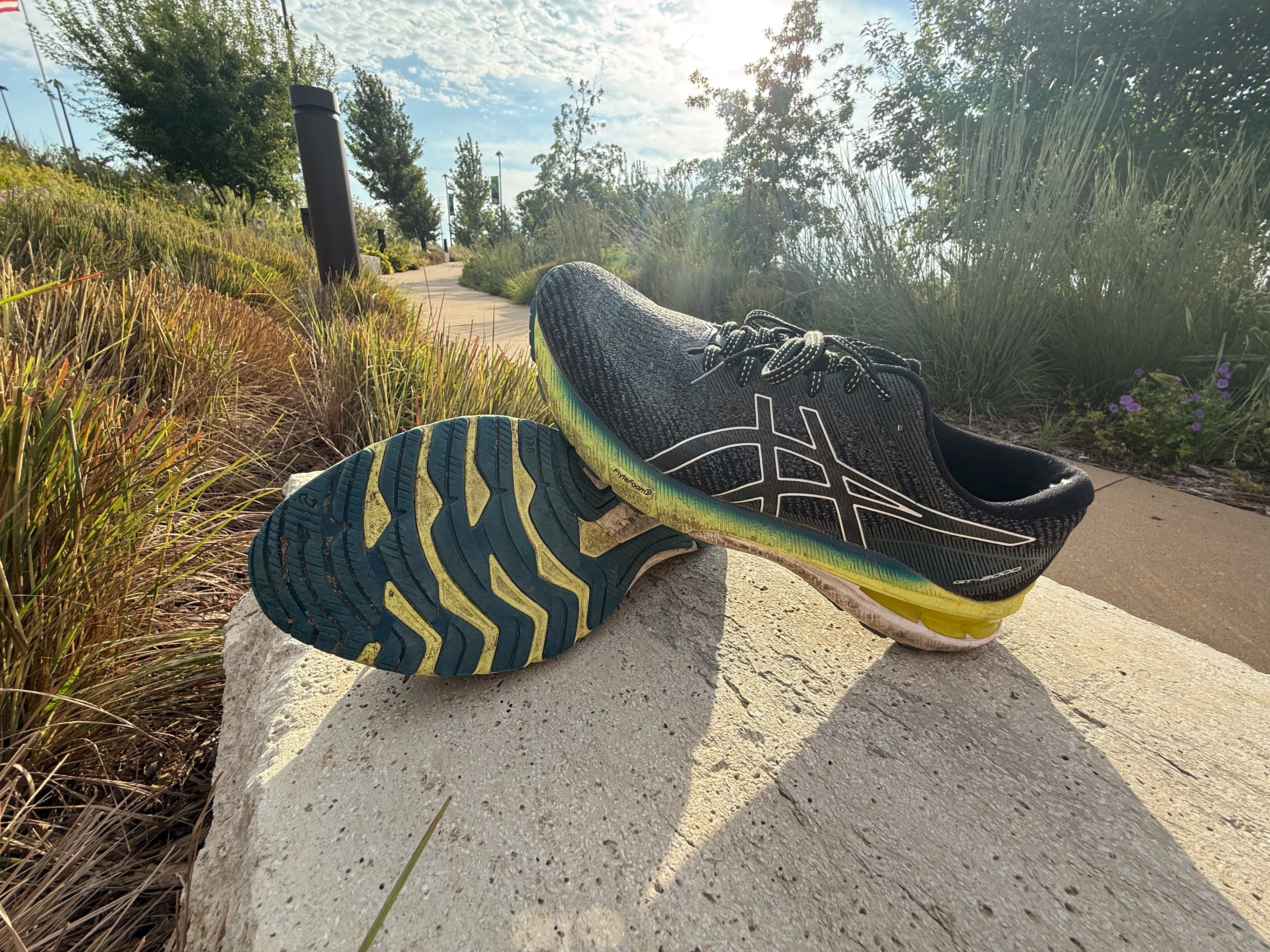
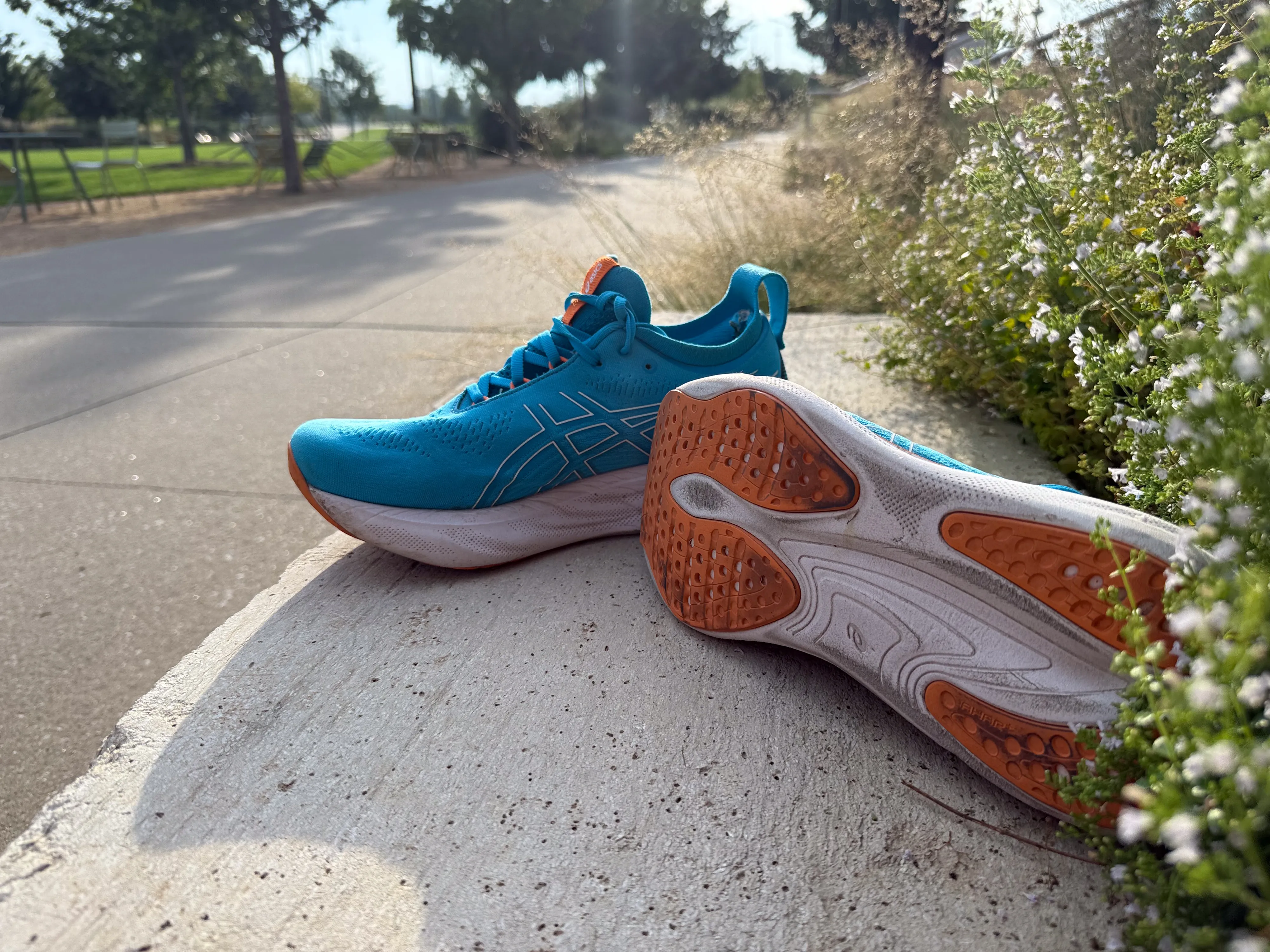
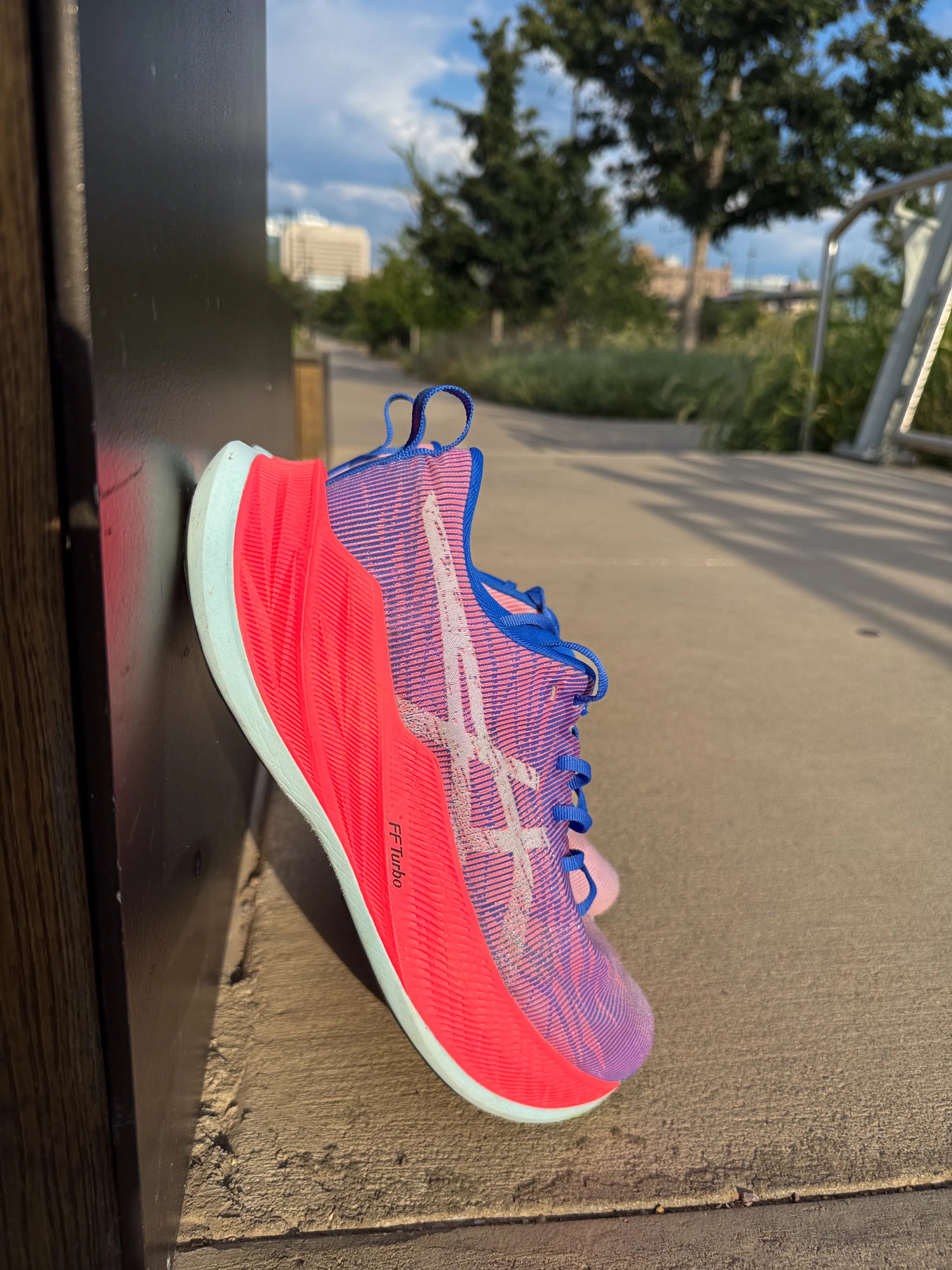
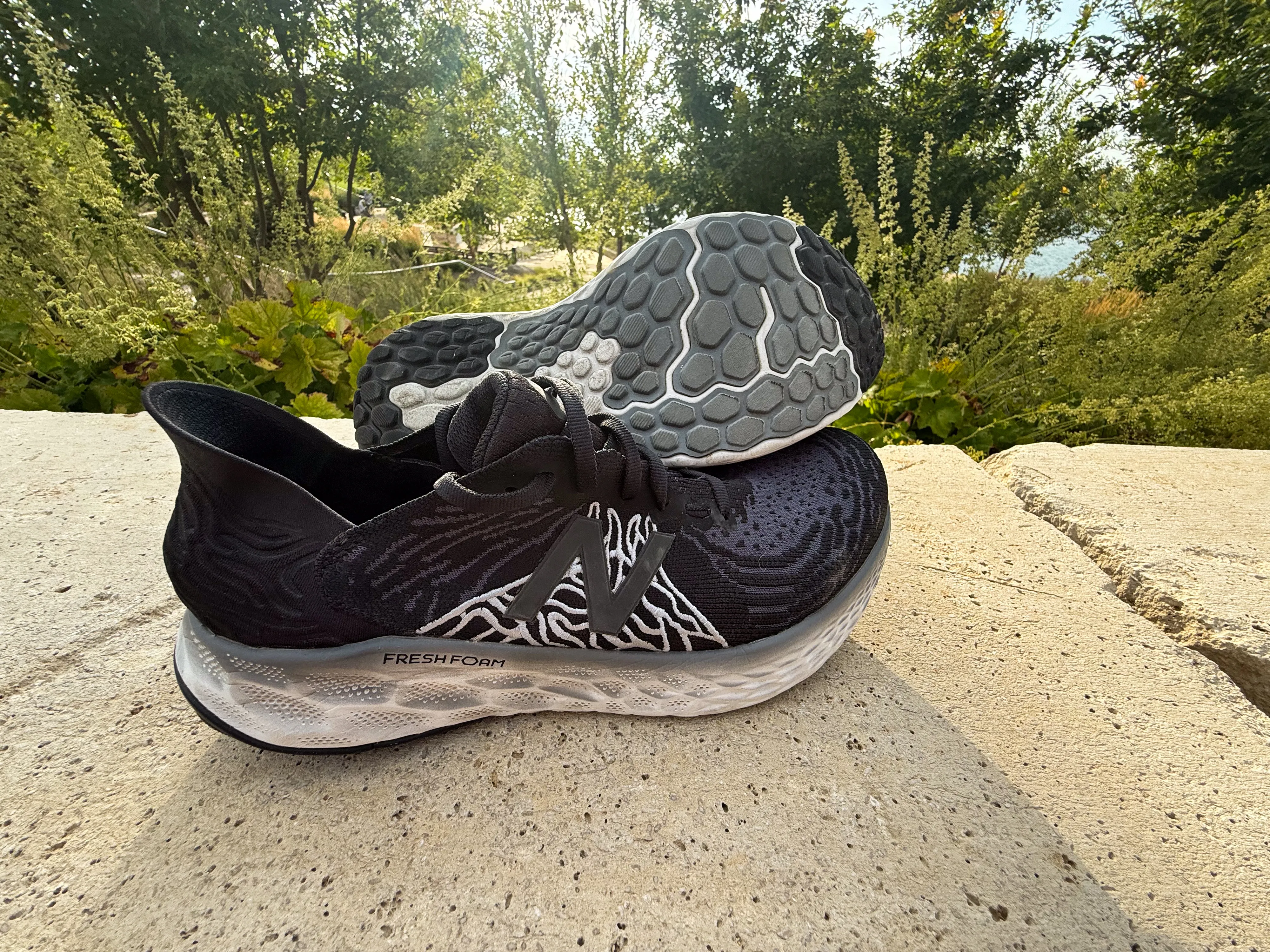
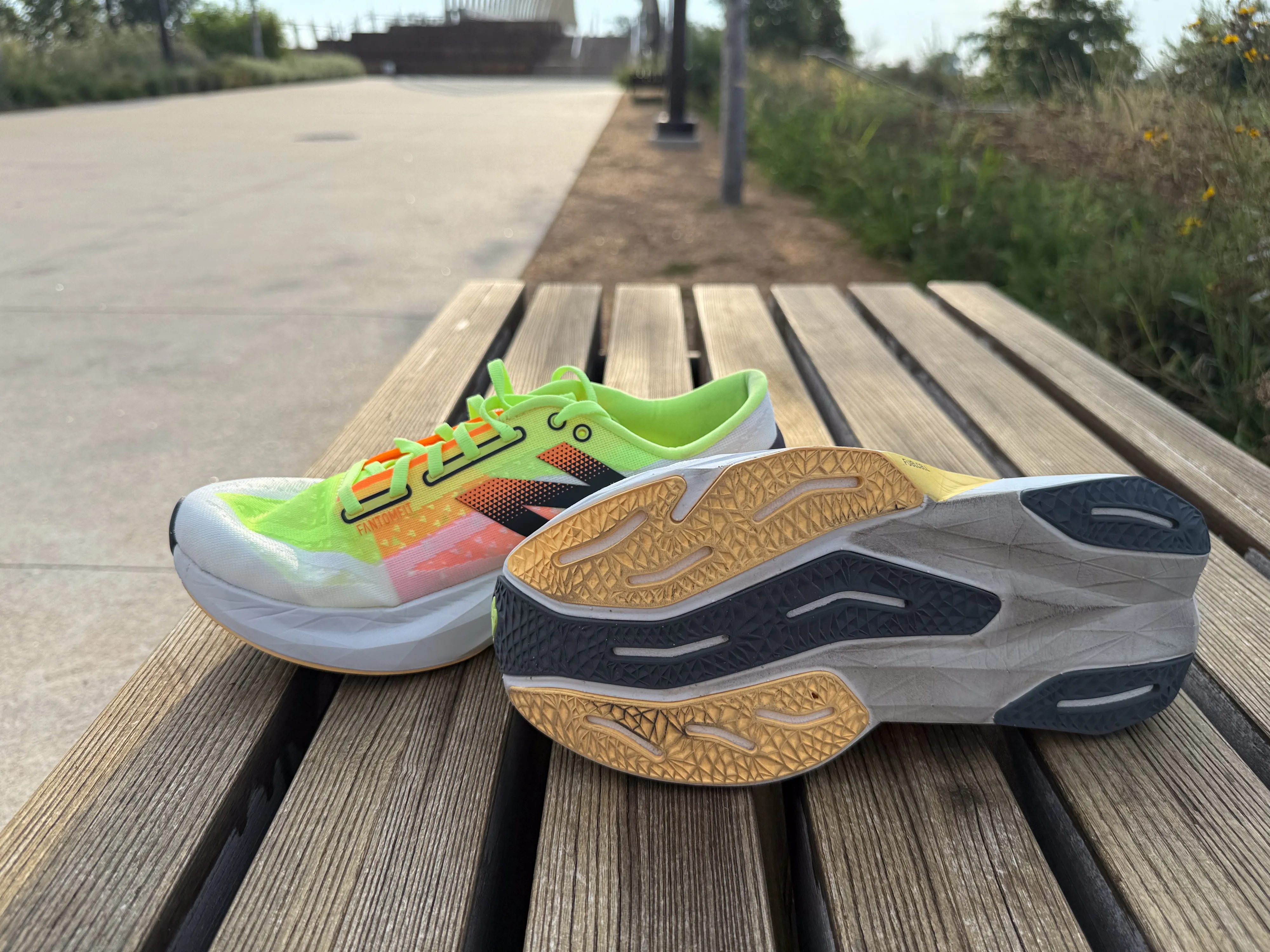
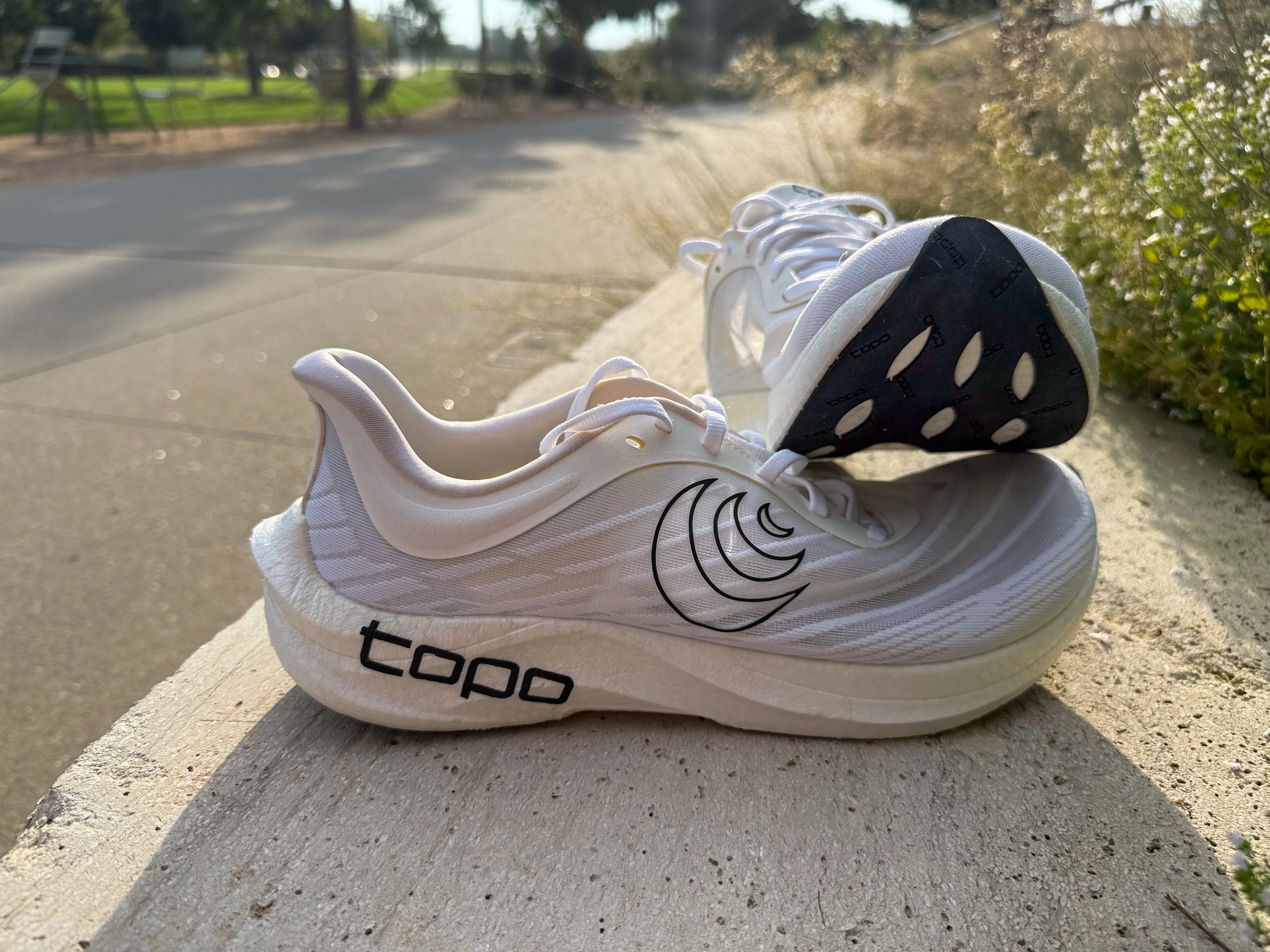
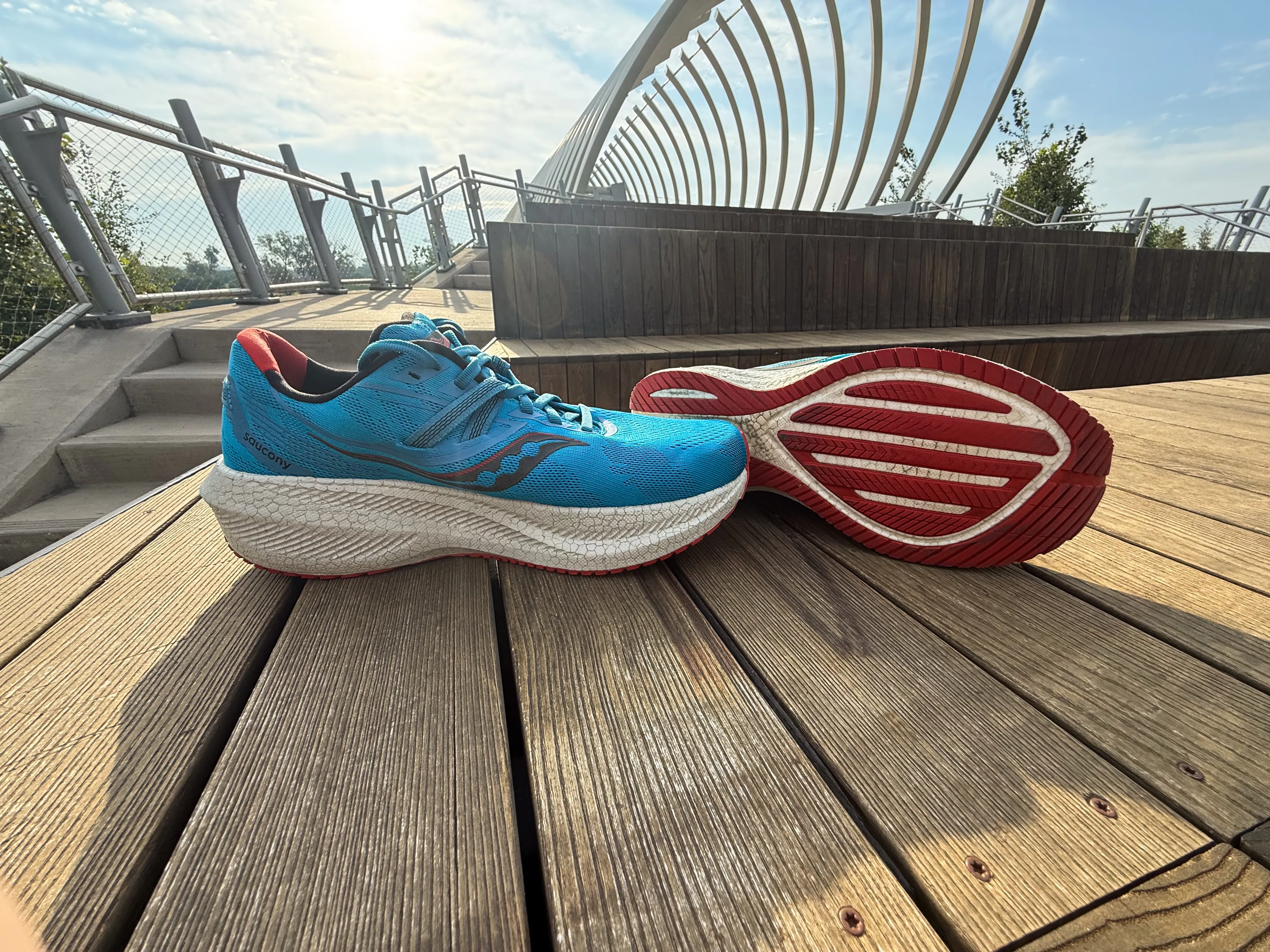
Join the conversation on Bluesky